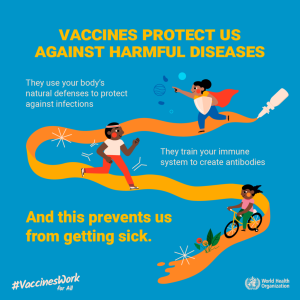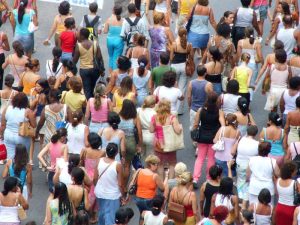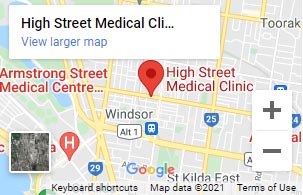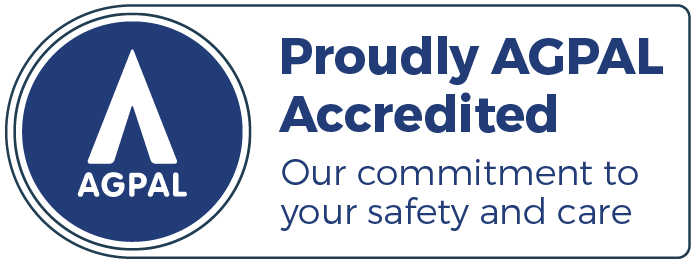Each day in Australia, around 65 women are diagnosed with breast or gynaecological cancer. October serves as a timely reminder to check your breasts. Women who are aged between 40 and 75 can access free screening mammograms every 2 years via the BreastScreen Australia Program.
At High Street Medical, we recommend that any woman with a strong family history of breast or ovarian cancer discuss screening options with their GP. You can also contact BreastScreen Australia on 13 20 50.
What is Breast Cancer?
Abnormal growth of cells mutate and become cancer cells in the lining of the breast lobules or ducts. These cancer cells can grow uncontrollably and risk spreading to other parts of the body. Both women and men can develop breast cancer; however, it is more uncommon in men.
Symptoms
Some women do not experience any symptoms, which is why checking your breast is so important.
Check your breasts for:
- Lumps or thickening in the breast or under the arm
- Sores around the nipple
- Nipple discharge or turning in
- Any changes in the size or shape of the breast
- Puckering of the skin
- Ongoing pain (unrelated to your menstrual cycle) and occurs only in one breast
- Rash or red swelling
Be familiar with your breasts
Women are urged to get to know how each breast feels so you can identify any changes that may occur.
How do I check my breasts?
Raise your arm above your head and use the opposite hand to feel your breast. You should start in one area and systematically go over the breast by palpating the whole breast. Check the areas from your collarbone to under your armpit. Make sure your fingers are flat, hold at least two fingers together, and work in circular movements. You should also look at your breasts in the mirror to see any changes to their appearance.
What sort of changes should I be looking for?
Any change from normal is considered significant, this may be a lump, but it may also be a change in the thickness of the tissue, a swollen area of tissue, any change in the size of one breast or pain in the breast. In the mirror, you should look to see any redness or flakiness of the skin, discharge from the nipples (other than milk), dimpling of the breast skin, or pulling in of the nipple.
What if I find a change?
Book an appointment with your GP to arrange a proper screening. Do not delay seeking medical attention because early detection is critical.
Breast Screening
If you are over the age of 50, you should receive an invitation to take part in breast screening every two years. If you are over the age of 40, you are also eligible to join this program. Speak to your doctor to find out more. Breast screens are free of cost and non-invasive. Mammograms involve a low-dose X-ray of the breasts. Appointments for regular screens can be made online once you are eligible. Read more about The Breast Screen Australia program.
For those at a high risk of developing breast cancer, yearly screens are advised, and other tests such as sonography (ultrasound) and MRI (Magnetic Resonance Imaging) may be available outside the Breast Screening Program.
If you would like to know more, further information can be found on our website.
To book in a breast screen or speak to your doctor further about this program or any concerns you have, please give reception a call on (03) 9510 5500 or book an appointment online.
Support
The Breast Cancer Network Australia provides an array of support for any person that knows, has, or is suffering from Breast Cancer. They can also talk to you about concerns as a result of breast cancer and can refer you to different types of support programs available to assist you. You can reach them by calling 1800 500 258 from 9:00 am to 5:00 pm AEST, Monday to Friday.












